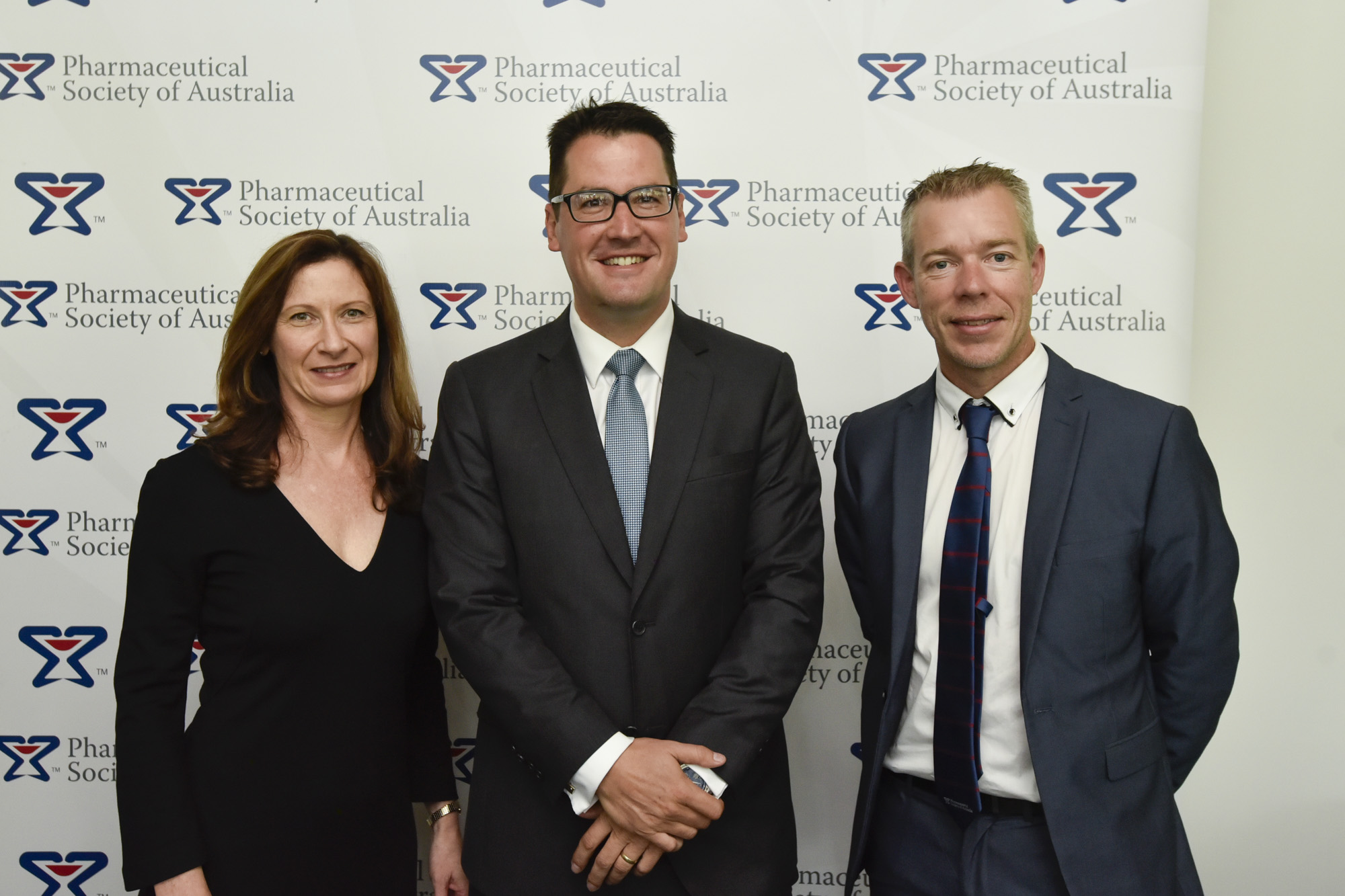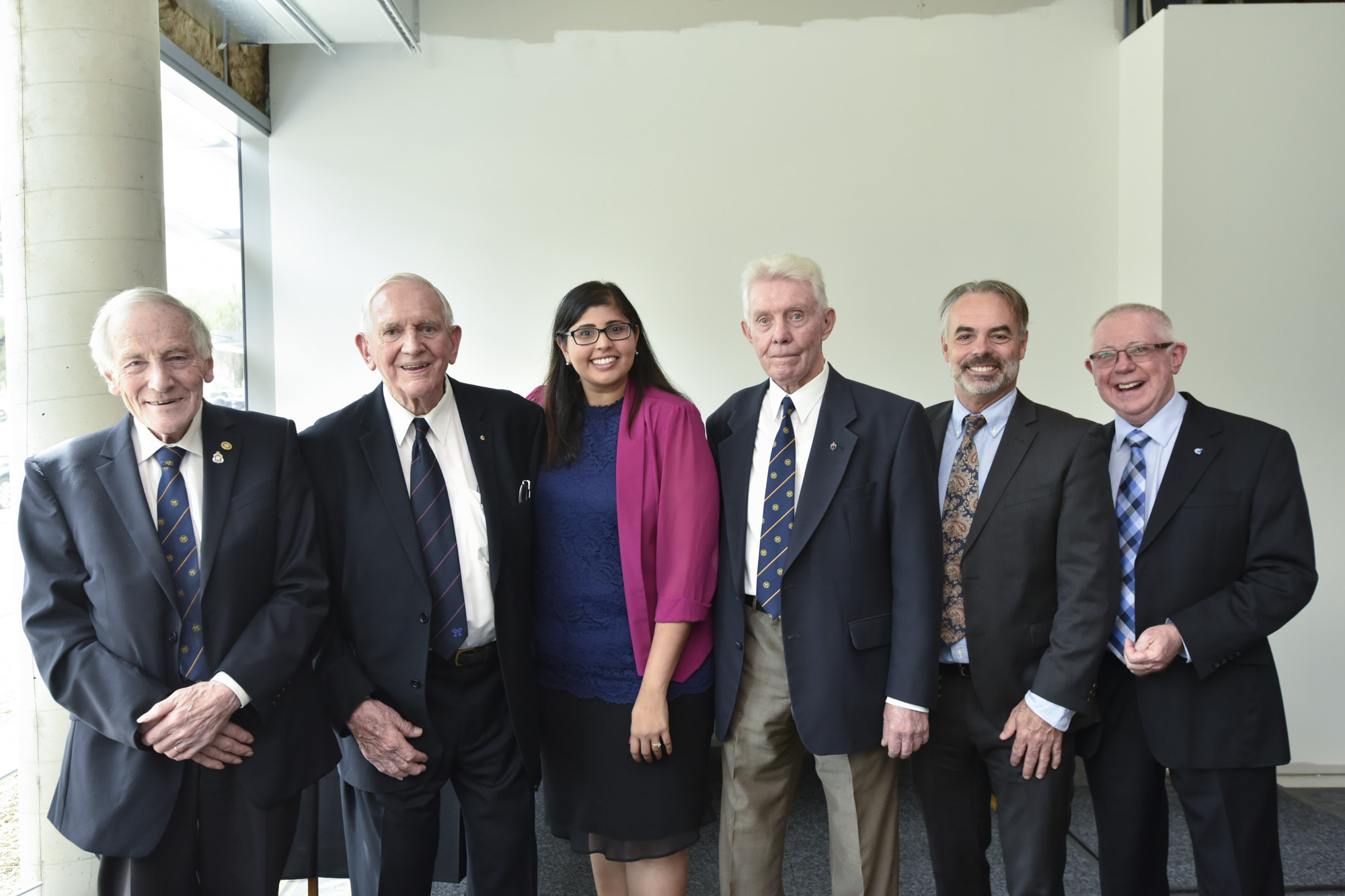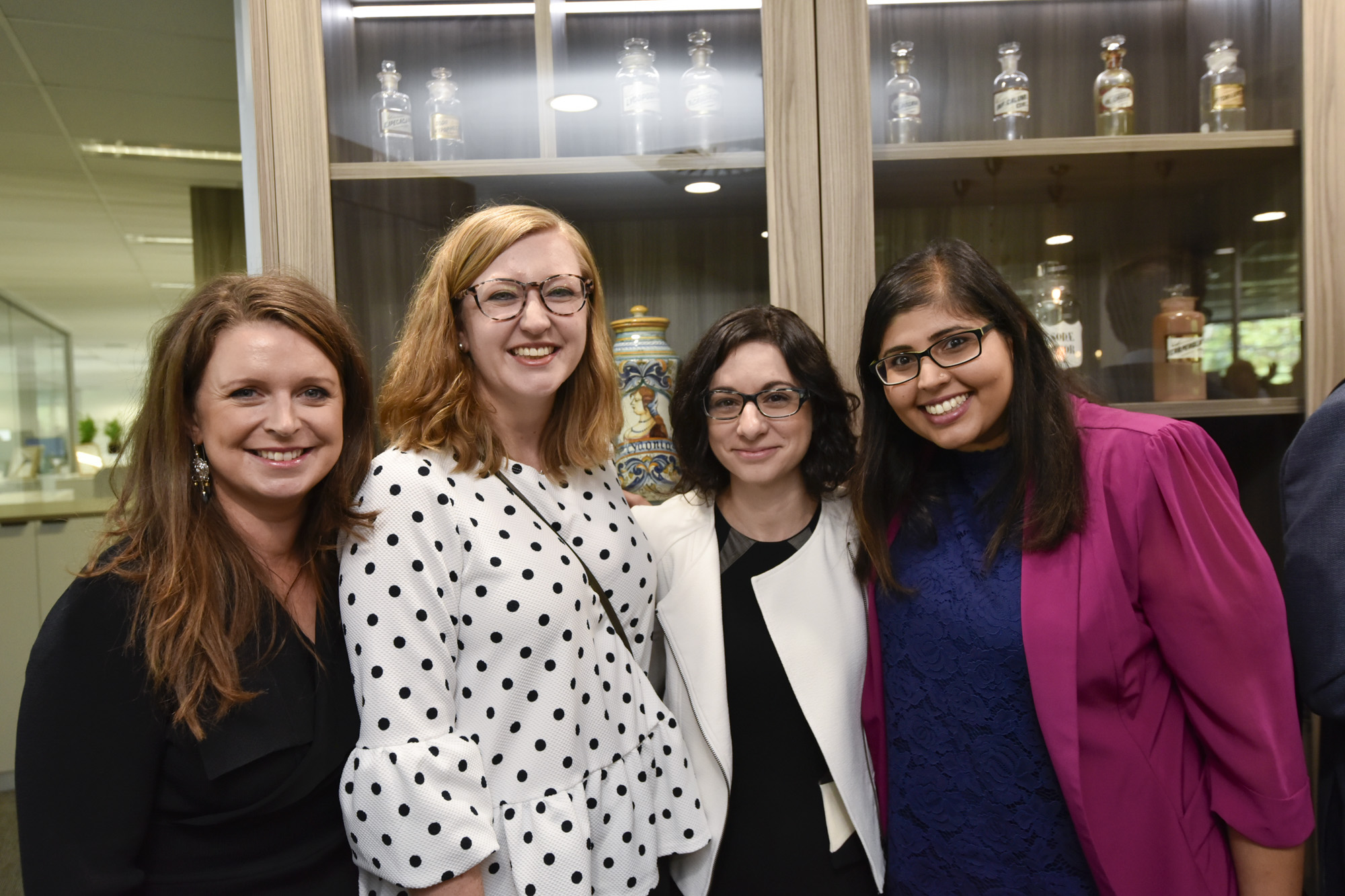Age-related macular degeneration (AMD) is the most common cause of blindness in developed countries. The prevalence of AMD is 1.4% at 70 years of age and 5.6% at 80 years of age and 20% at age of 90 years. It is characterised by a gradual decline in the ability to see objects clearly, distorted vision, dark or empty spaces blocking the central field of vision, dimming of colour vision and visual hallucinations.2
AMD affects the retina. In its early stages, build-up of lipid materials underneath the retinal epithelium occurs. These deposits are called drusen and are seen as yellow spots on the retina. This may result in vision disturbances. In the later stages, the retinal epithelium can degenerate. This may result in loss of vision in some focal areas. Bleeding can also occur in some cases which leads to retina scarring.3
Photoreceptors in the retina are subject to oxidative stress throughout life, due to combined exposures to light and oxygen. It was suggested that antioxidants could be useful in preventing free radicals produced in the process of light absorption. It was proposed that antioxidants such as vitamin C, E, carotenoids, selenium and zinc could be used to delay the progression of age related macular degeneration.4,5 This evidence summary is to present the best available evidence regarding the effectiveness of Antioxidants and mineral supplements for slowing the progression of age-related macular degeneration.
Characteristics of studies
Randomised controlled trials were included in this review. Participants in the trials had AMD in one or both eyes.
Quality of the research
Studies included in the report had a low or unclear risk of bias. Overall, the quality of the evidence ranged from moderate to high depending on the outcomes reported in the studies. The main sources of bias were selective reporting, incomplete outcome of data and blinding of participants.
Results
The following databases were searched; d CENTRAL (2017, Issue 2), MEDLINE Ovid (1946 to March 2017), Embase Ovid (1947 to March 2017), AMED (1985 to March 2017), Open Grey (System for Information on Grey Literature in Europe, the ISRCTN registry (www.isrctn.com/edit Advanced Search), ClinicalTrials.gov (www.clinicaltrials.gov) and the WHO International Clinical Trials Registry Platform (ICTRP) (www.who.int/ictrp/search/en).
The outcome measures included the following; progression to late AMD (neovascular AMD, geographic, atrophy, or both); progression to geographic atrophy; progression to visual loss (loss of 3 or more lines on logMAR chart)*and quality of life.
There was a total of 19 randomised controlled trials included in the review. They were from China, USA, Europe and Australia. Nine studies compared antioxidants with placebo or no treatment. The duration of treatment ranged from 9 months to 6 years.
People taking antioxidants were less likely to progress to late AMD (odds ratio (OR) 0.72, 95% confidence interval (CI) 0.58 to 0.90; 2,445 participants). These results were shown in 3 RCTs with moderate certainty evidence).
One study had a total of 1,206 people with neovascular AMD, people taking supplements had a lower risk of progression for both neovascular AMD (OR 0.62, 95% CI 0.47 to 0.82; moderate-certainty evidence) and geographic atrophy (OR 0.75, 95% CI 0.51 to 1.10; moderate-certainty evidence) and a lower risk of losing 3 or more lines of visual acuity (OR 0.77, 95% CI 0.62 to 0.96).
One study including a total of 110 people showed that people with AMD taking these supplements had a higher quality of life scores (National Eye Institute Visual Function Questionnaire) compared with the non-treated people after 24 months (mean difference (MD) 12.30, 95% CI 4.24 to 20.36).
The review also included a total of 6 studies comparing lutein (with or without zeaxanthin) to placebo. The duration of treatment ranged from 6 months to 5 years.
People taking lutein or zeaxanthin had a slightly reduced risk of progression to late AMD (RR 0.94, 95% CI 0.87 to 1.01; 6891 eyes; low-certainty evidence), neovascular AMD (RR 0.92, 95% CI 0.84 to 1.02; 6,891 eyes; low-certainty evidence), and geographic atrophy (RR 0.92, 95% CI 0.80 to 1.05; 6891 eyes; low-certainty evidence).
The quality of life did not differ between the two groups taking lutein compared to placebo.
One study examined the efficacy of vitamin E in AMD in 1,204 patients and found a low number of people developing AMD.
Five studies compared zinc with placebo. The duration of supplementation ranged from 6 months to 7 years. People taking supplements were less likely to progress to late AMD (OR 0.83, 95% CI 0.70 to 0.98; 3,790 participants; 3 RCTs), neovascular AMD (OR 0.76, 95% CI 0.62 to 0.93; 2442 participants; 1 RCT), geographic atrophy (OR 0.84, 95% CI 0.64 to 1.10; 2,442 participants; 1 RCT), or visual loss (OR 0.87, 95% CI 0.75 to 1.00; 3,791 participants; 2 RCTs).
Conclusion
People with AMD may experience slowing of AMD progression while taking antioxidants and minerals such as zinc based on low to moderate evidence. These results are mainly based on low levels of evidence.
Implications for practice
Antioxidants and minerals may be recommended to slow the progression of AMD. However, care should be taken when recommending high doses of these supplements as their harms are not well documented.
DR HANAN KHALIL is the Director of the Centre for Chronic Disease Management, a collaborating centre of the Joanna Briggs Institute, Faculty of Medicine, Nursing and Health Sciences, Monash University, and a reviewer for the consumer group of the Cochrane Collaboration. She is also Editor in Chief of the International Journal of Evidenced Based HealthCare. This evidence summary presents the best available evidence on the effectiveness of antioxidants and mineral supplements for slowing the progression of age-related macular degeneration. For the full review, please refer to reference 1.1
References
- Evans JR, Lawrenson JG. Antioxidant vitamin and mineral supplements for slowing the progression of age-related macular degeneration. Cochrane Database of Systematic Reviews 2017, Issue 7. Art. No.: CD000254. DOI: 10.1002/14651858.CD000254.pub4
- Klein R, Klein BE, Linton KL. Prevalence of age-related maculopathy. The beaver dam eye study. Ophthalmology 1992;99(6):933–43.
- Rudnicka AR, Jarrar Z, Wormald R, Cook DG, Fletcher A, Owen CG. Age and gender variations in age-related macular degeneration prevalence in populations of European ancestry: a meta-analysis. Ophthalmology 2012;119(3):571–80.
- Huang HY, Caballero B, Chang S, Alberg AJ, Semba RD, Schneyer CR, et al. The efficacy and safety of multivitamin and mineral supplement use to prevent cancer and chronic disease in adults: a systematic review for a National Institutes of Health state-of-the-science conference. Annals of Internal Medicine 2006;145(5):372–85.
- Schmidl D, Garhofer G, Schmetterer L. Nutritional supplements in age-related macular degeneration. Acta Ophthalmologica 2015;93(2):105–21.














 PSA Chief Operating Officer Deb Bowden, Senator Zed Seselja and PSA National President Dr Shane Jackson.[/caption]
PSA Chief Operating Officer Deb Bowden, Senator Zed Seselja and PSA National President Dr Shane Jackson.[/caption]





 [post_title] => New Pharmacy House opens
[post_excerpt] =>
[post_status] => publish
[comment_status] => open
[ping_status] => open
[post_password] =>
[post_name] => new-pharmacy-house-opens
[to_ping] =>
[pinged] =>
[post_modified] => 2018-04-05 12:33:52
[post_modified_gmt] => 2018-04-05 02:33:52
[post_content_filtered] =>
[post_parent] => 0
[guid] => http://psa.studionerve.com/?p=1231
[menu_order] => 0
[post_type] => post
[post_mime_type] =>
[comment_count] => 0
[filter] => raw
)
[title_attribute] => New Pharmacy House opens
[title] => New Pharmacy House opens
[href] => http://psa.studionerve.com/new-pharmacy-house-opens/
[module_atts:td_module:private] => Array
(
)
[td_review:protected] => Array
(
)
[is_review:protected] =>
[post_thumb_id:protected] => 1239
)
[post_title] => New Pharmacy House opens
[post_excerpt] =>
[post_status] => publish
[comment_status] => open
[ping_status] => open
[post_password] =>
[post_name] => new-pharmacy-house-opens
[to_ping] =>
[pinged] =>
[post_modified] => 2018-04-05 12:33:52
[post_modified_gmt] => 2018-04-05 02:33:52
[post_content_filtered] =>
[post_parent] => 0
[guid] => http://psa.studionerve.com/?p=1231
[menu_order] => 0
[post_type] => post
[post_mime_type] =>
[comment_count] => 0
[filter] => raw
)
[title_attribute] => New Pharmacy House opens
[title] => New Pharmacy House opens
[href] => http://psa.studionerve.com/new-pharmacy-house-opens/
[module_atts:td_module:private] => Array
(
)
[td_review:protected] => Array
(
)
[is_review:protected] =>
[post_thumb_id:protected] => 1239
)












